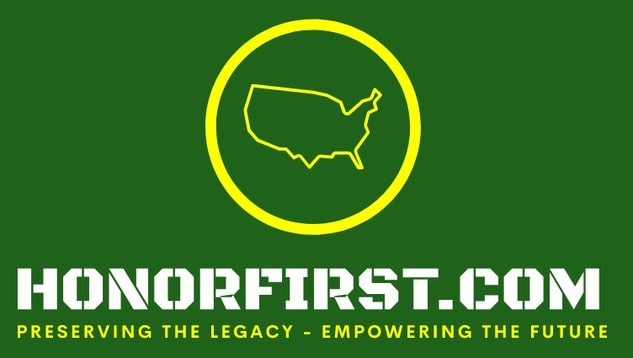April 23 - April 29INTROGood morning, Welcome to another This Week in USBP History! My primary goal in writing these blog posts is to present information that not only boosts employee morale and organizational pride within the current workforce, but also engages the broader audience. Often, in these introductory sections, I highlight areas that require attention, all with the main objective of benefiting the Patrol's workforce. At times, I delve into historical perspectives or provide evidence supporting better practices. Today, however, will be slightly different. Instead of building a case, I'd like to share an email I sent to the CBP Survivor Advocate on April 18th last week. That day marked the anniversaries of the line-of-duty deaths of Joe White and Jose Barraza. Their tragic ends were not the result of gunfire or a desperate attempt to save someone's life, but they wore the same uniform and badge as the rest of us, past and present. I'm grateful that their names are eternally inscribed on the CBP Valor Memorial and the USBP Honor Roll book. Their deaths share similarities with at least two others, and possibly many more. Still passionate even after nearly two years of retirement, I sent the email below, fueled by the determination to make a difference. I don't know if it will have an impact, but I believe that if I continue taking shots, eventually, I'll make a basket... The Email Dear CBP Survivor Advocate, I am writing to urgently address the current CBP Line of Duty Death Directive, which differentiates between employees dying on duty and those who die in the line of duty. This distinction has led to harmful discrepancies, resulting in the exclusion of several deserving individuals from being honored on the CBP Valor Memorial. The current policy not only dishonors the memory of these fallen employees but also negatively impacts the morale of the living members of our workforce. I am requesting your immediate attention and action on this pressing issue. To highlight the discrepancies, I would like to draw your attention to the following comparisons:
Additionally, Border Patrol Pilot Howard H. Gay's death, despite being posthumously awarded the prestigious Newton-Azrak Award for his off-duty actions, has not been recognized. These examples underscore the need for immediate action to revise the CBP Line of Duty Death Directive to eliminate harmful discrepancies and promote fairness and inclusivity. As the CBP Survivor Advocate, your involvement is essential in championing this necessary change. Further, given the recent Partnership for Public Service report that ranks CBP in the bottom 3% of subcomponent agencies (419 out of 432) for employee satisfaction, it is crucial to consider how equity and expectancy theories play a vital role in employee motivation and satisfaction. Equity theory suggests that employees will be motivated when they perceive fairness in the workplace, particularly in terms of recognition and rewards. By adopting a more inclusive policy for recognizing line-of-duty deaths, CBP can promote a sense of equity among its workforce, fostering a positive work environment and boosting morale. Expectancy theory posits that employees will be motivated when they believe their efforts will result in meaningful outcomes, such as recognition and support from the organization. A revised policy that honors a wider range of employee deaths will demonstrate to the workforce that their sacrifices are valued and will not be forgotten, enhancing their motivation and commitment to the organization. I kindly request that you take the following actions:
Your immediate attention and action on this matter can make a significant difference in rectifying the current policy and honoring the sacrifices of all agents who have given their lives while serving their country. The cost to the government is minimal—etching a name on a glass panel—yet the impact on the morale and spirit of the agency is immeasurable. Thank you for your time and consideration. I look forward to your response and the opportunity to engage in further dialogue on this crucial issue. Together, we can ensure that the memory of these fallen heroes is properly honored, and their families receive the support and recognition they deserve. Respectfully, Clifford Gill This week, we'll explore the U.S. Border Patrol's history, beginning with Frank Berkshire's 1918 proposal to establish an "Immigration Patrol Service on the land boundaries". We'll also dive into the evolution of uniforms in the 1920s and 1930s, including the shift from riding breeches to pants, the establishment of the Border Patrol Pistol Team's uniform in 1952, and finally, the design of the U.S. Border Patrol Honor Guard Device in 1999. Join us as we uncover these fascinating stories and much more! We celebrate nine Newton-Azrak Award recipients on the anniversaries of their actions. We remember Patrol Inspector William W. McKee on the anniversary of his death. Enjoy and have a great week! Cliff PS -
ESPRIT DE CORPSThe workplace climate resulting from a combination of organizational pride and employee morale.
Esprit de corps is reinforced through the shared goals, mission and values of the organization and its employees. The definition turns Esprit de Corps into a simple formula and defines parts that comprise organizational pride and employee morale. Esprit de Corps = Organizational Pride + Employee Morale Esprit de Corps is the key to a healthy organization and engaged employees. Honor First is foundational to the Border Patrol's organizational pride and integral to its Esprit de Corps. THROWBACK PHOTO OF THE WEEKCaptured just fifteen years ago, this photo holds historical significance as the inaugural snapshot of the newly established U.S. Border Patrol Pipes and Drums. The ensemble was formed in July 2007, following the dissolution of the USBP National Bagpipe Team and sector pipe bands from Tucson, Del Rio, Laredo, and Rio Grande Valley. Taken at the 2008 George Washington Parade in Laredo, Texas, the image documents the band's first public performance and the debut of the group's combined talents. Notably, the uniforms in the photo were mismatched, as official uniform items were still being purchased and received at the time. This event served as a rehearsal for their subsequent participation in the Chicago St. Patrick's Day Parade the following month. Ever since its first appearance, the Pipes and Drums has continued to represent the Patrol with distinction at various engagements, now sporting fully matched and official uniforms. DOCUMENTS AND EVENTS1918
1924
1927
1928
1930
1931
1932
1934
1942
1952
1955
1999
NEWTON-AZRAK AWARD |
Clifford GillBlog author, retired U.S. Border Patrol Assistant Chief and, current U.S. Border Patrol employee advocate. Ray HarrisSite founder and owner, former Supervisory Border Patrol Agent and retired Immigration Special Agent. Joseph BancoU.S. Border Patrol historian and retired Deputy Chief Patrol Agent. Archives
July 2024
I prefer that you leave comments. However, if you wish to contact me, please do so by emailing [email protected].
|
- Home
-
For USBP Applicants
-
USBP Pages and Links
- Firearms Qualification Course
- Military Time Buy Back
- Station MWRs
- Transitioning Out of the USBP
- Fast & Furious
- U.S. Border Patrol Fallen >
- Honor First and Esprit de Corps
- USBP Photo Galleries
- U.S. Border Patrol History >
- U.S. Border Patrol Honorary Awards
- Upholding Honor First >
- U.S. Border Patrol Authorized Devices
- Border Patrol Stories
- What's Important Now - Academy Podcast
- Badges
- Veterans
- Tips for the Media
- Links
- Acronyms
- Border Patrol Locations
- Sector/Station FaceBook Pages
- Ten Codes
- Online Forums
- Search
- Home
-
For USBP Applicants
-
USBP Pages and Links
- Firearms Qualification Course
- Military Time Buy Back
- Station MWRs
- Transitioning Out of the USBP
- Fast & Furious
- U.S. Border Patrol Fallen >
- Honor First and Esprit de Corps
- USBP Photo Galleries
- U.S. Border Patrol History >
- U.S. Border Patrol Honorary Awards
- Upholding Honor First >
- U.S. Border Patrol Authorized Devices
- Border Patrol Stories
- What's Important Now - Academy Podcast
- Badges
- Veterans
- Tips for the Media
- Links
- Acronyms
- Border Patrol Locations
- Sector/Station FaceBook Pages
- Ten Codes
- Online Forums
- Search
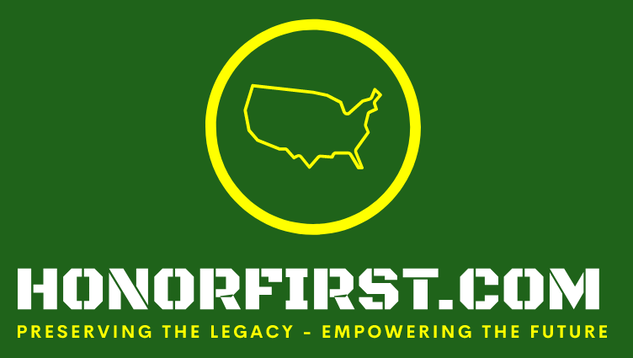

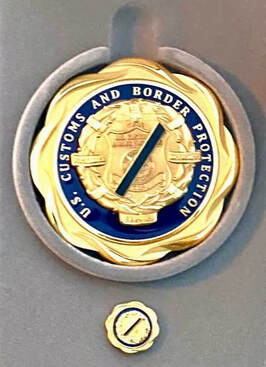
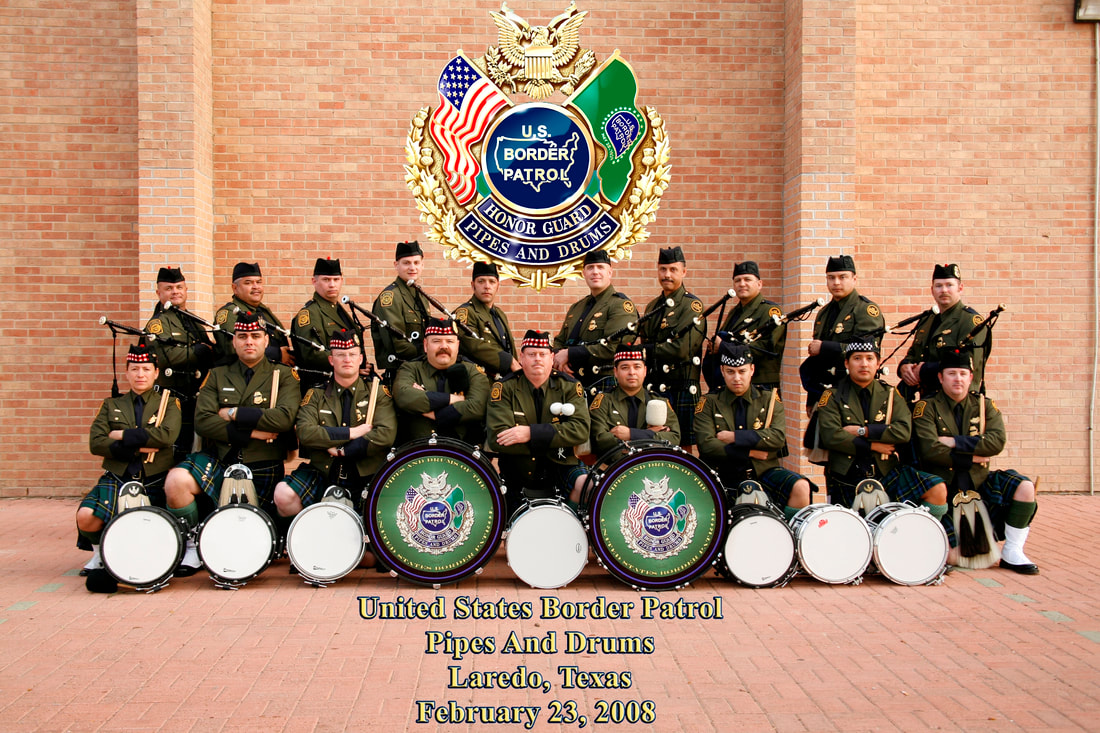
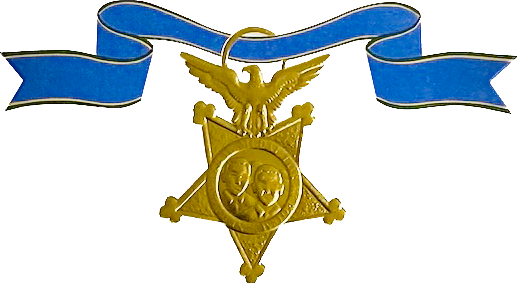
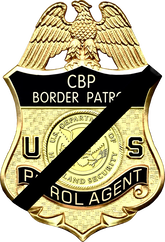
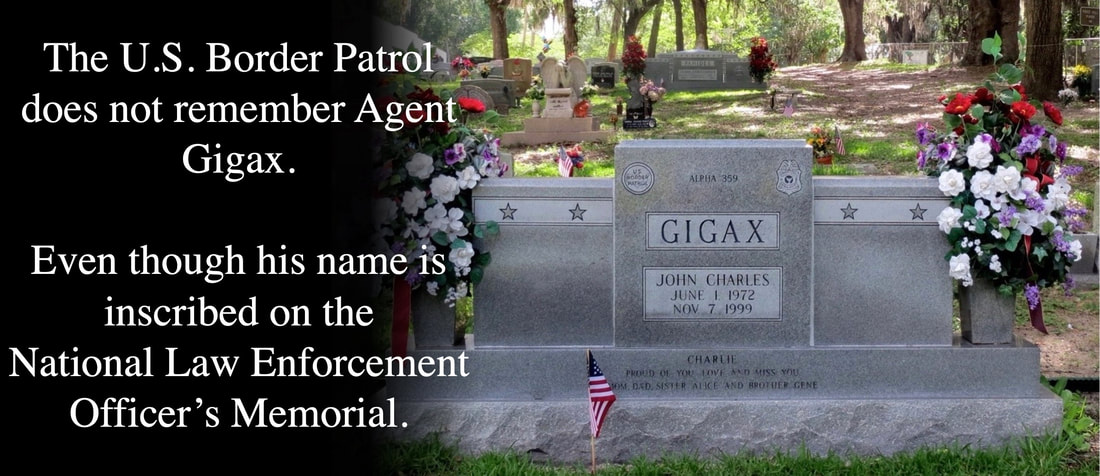
 RSS Feed
RSS Feed
